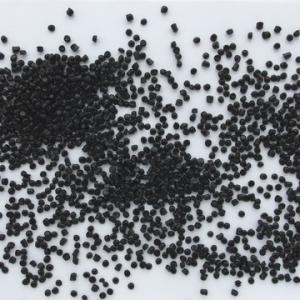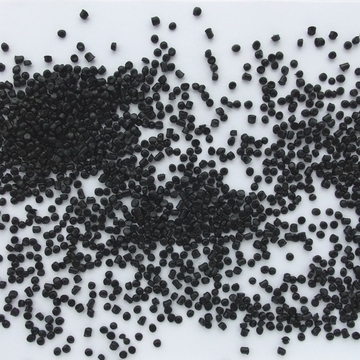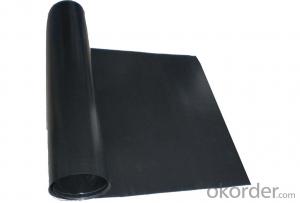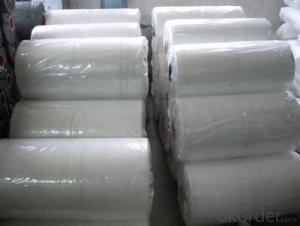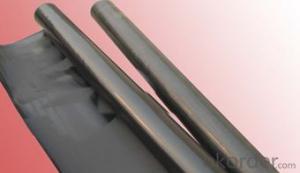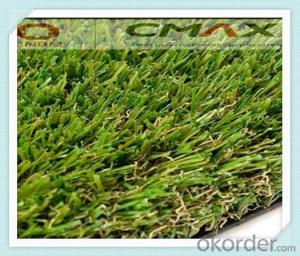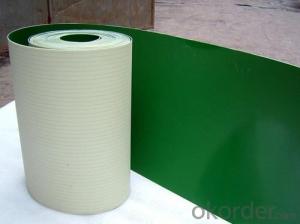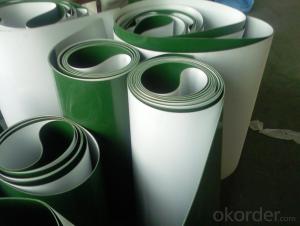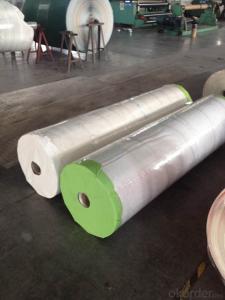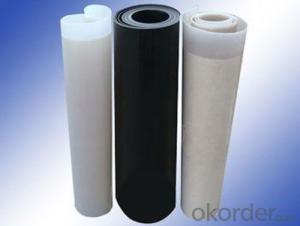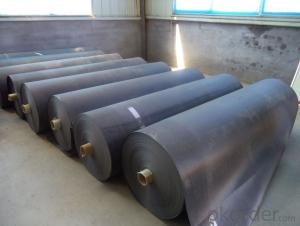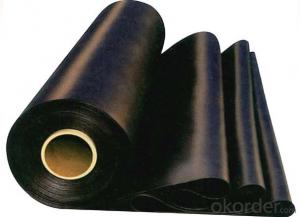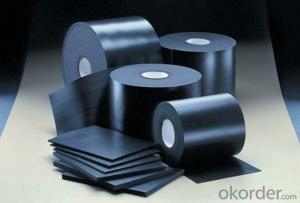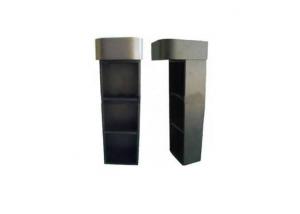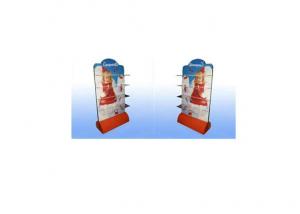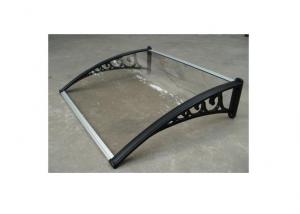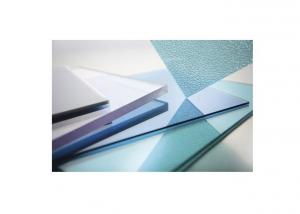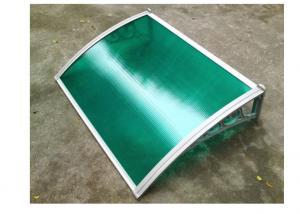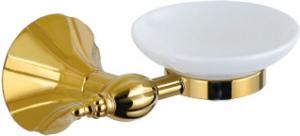EPDM insulating rubber compound
- Loading Port:
- Shanghai
- Payment Terms:
- TT OR LC
- Min Order Qty:
- -
- Supply Capability:
- 3000 Tons kg/month
OKorder Service Pledge
OKorder Financial Service
You Might Also Like
EPDM insulating rubber compound
I. Type and application
Type | Product | Application |
XJ-50A | 110℃ Insulating rubber compound.EVA | Heat resistant insulating rubber compound for cables and wires,EVA |
XJ-30A | 90℃ Insulating rubber compound | Heat resistant insulating rubber compound for cables and wires |
XJ-30B | 90℃ Insulating rubber compound | Heat resistant insulating rubber compound for 0.6/1KV cables and wires |
XJ-30F | 90℃Irradiation cross-linkable insulating EPDM rubber compound | Heat resistant EPDM insulating compound which processing in plastic extruder. |
XJ-60A | 125℃ Insulating rubber compound | Heat resistant insulating rubber compound for maximum 1KV cables and wires |
II. Product description
EPDMinsulating rubber compound, based on EPDM rubber, is mixed with variousadditives, and is elaborated in the extra-clean conditions. It has varioustemp. grades. The compound has outstanding performances of vulcanization, processing, physical,mechanical, aging and electrical properties. The compound is complied withQ/320585JSDT058-2003 standard.
III. Processing
Type | Processing Equipment | Compression ratio | L/D | Processing temp. | Recommended vulcanize temp. |
XJ-50A XJ-30A XJ-30B XJ-60A | Common rubber extruder | 1.1:1~1.5:1 | 15:1~20:1 | 60~110℃ | 160-200℃ |
XJ-30F | Common rubber extruder | 1.1:1~1.5:1 | 20:1~25:1 | 110~180℃ | 15-20 megarad irradiation dosage |
IV. Maximum useful shelf life
12 monthsat 20℃, 6months at 30℃.
V. Properties
Table
Item | XJ-50A | XJ-30A | XJ-30B | XJ-30F | XJ-60A | |||||
Standard | Typical | Standard | Typical | Standard | Typical | Standard | Typical | Standard | Typical | |
Tensile Strength N/mm2 | ≥6.5 | 12.0 | ≥4.2 | 6.5 | ≥8.5 | 11.0 | ≥4.2 | 9.6 | ≥8.5 | 12.2 |
Elongation at Break % | ≥200 | 280 | ≥200 | 280 | ≥200 | 400 | ≥200 | 350 | ≥200 | 450 |
Oven aging 135℃240h | 150℃240h | 135℃168h | 135℃168h | 135℃168h | 158℃168h | |||||
Variation on Tensile Strength % | ≤±30 | +5 | ±30 | -10.8 | ±30 | +5 | ±30 | +5 | ±30 | +9.5 |
Variation on Elongation at Break % | ≤±30 | -6 | ±30 | -10.7 | ±30 | -11 | ±30 | -9.5 | ±30 | -8.0 |
Dielectric Strength MV/m | ≥25 | 26 | ≥25 | 28 | ≥25 | 28 | ≥25 | 27 | ≥25 | 30 |
Air bomb aging test 127℃40h |
|
|
|
|
|
|
|
|
|
|
Tensile Strength N/mm2 | ≥6.0 | 11.3 | ≥6.0 | 6.0 |
|
|
|
|
|
|
Variation % |
| -6 | ±30 | -8.3 | ±30 | -8 | ±30 | -4 | ±30 | -6 |
Elongation at Break % |
| 240 |
| 270 |
|
|
|
|
|
|
Variation % | ≤-30 | -15 | ±30 | -3.6 | ±30 | -6 | ±30 | -5 | ±30 | +3 |
Hot Prolongation 250℃ | 15min20N/cm | 15min20N/cm | 15min20N/cm | 15min20N/cm | 15min20N/cm | |||||
Elongation Under Load % | ≤100 | 60 | ≤175 | 60 | ≤175 | 60 | ≤175 | 70 | ≤175 | 50 |
Permanent Elongation after cooling % | ≤25 | 10 | ≤15 | 10 | ≤15 | 10 | ≤15 | 10 | ≤15 | 10 |
Volume Resistivity at 20℃Ω﹒m | ≥1.0×1010 | 2.5×1012 | ≥1.0×1010 | 1.2×1012 | ≥1.0×1010 | 1.5×1013 | ≥1.0×1010 | 8.5×1012 | ≥1.0×1010 | 2.0×1013 |
Elastic Modulus |
|
|
|
|
|
|
|
|
|
|
At 150% ElongationN/mm2 |
|
|
|
| ≥4.5 | 5.5 |
|
| ≥4.5 | 6.5 |
At 50% Elongation N/mm2 |
|
|
|
| ≤7.5 | 6.1 |
|
| ≤7.5 | 5.0 |
Capacitance variation after water immersion 50±2℃ |
|
|
|
|
|
|
|
|
|
|
Between one day and seven days % |
|
|
|
| ≤15 | 10 |
|
| ≤15 | 8 |
Between seven days and fourteen days % |
|
|
|
| ≤5 | 2 |
|
| ≤5 | 2 |
Hardness IRHD |
|
|
|
| ≥80 | 80 |
|
| ≥80 | 80 |
Ozone Resistance and Ozone Concentration |
|
| 0.025-0.030%30h | 2-3.33PPM | 0.025-0.030%30h | 2-3.33PPM | ||||
Surface Variation |
|
| Non cracking | Non cracking | Non cracking | Pass | Non cracking | Non cracking | Non cracking | Pass |
Heat Pressing Deformation 150℃0.5h |
|
|
|
|
|
|
|
|
|
|
Pressing Depth % | ≤50 | 25 |
|
|
|
|
|
|
|
|
- Q: How do olive nets prevent damage from diseases transmitted through soil?
- Olive nets act as a physical barrier, preventing direct contact between the soil and the olive tree, thereby reducing the risk of diseases transmitted through soil.
- Q: What do you mean by the release angle of plastic parts?
- Determination of release inclination(1) the higher the accuracy of the product, the smaller the taper of the discharge.(2) larger size products shall be of a smaller stripping slope.(3) the shape of the product is complex and difficult to release, so the larger slope should be used.(4) product shrinkage rate, the slope should be increased.(5) reinforced plastics should be made of high angle. Plastic containing lubricant can be made of small slope.(6) the thickness of the product is large and the slope should be large.
- Q: How does an olive net affect the overall fruit storage capability in the olive grove?
- An olive net can significantly improve the overall fruit storage capability in an olive grove. By placing the net underneath the olive trees, it serves as a catchment system, preventing the olives from falling to the ground and getting damaged. This not only helps to maintain the quality of the olives but also increases the yield, as fewer fruits are lost due to spoilage or pests. Additionally, the net provides shade, reducing the exposure of the olives to direct sunlight, which can lead to premature ripening or sunburn. Overall, an olive net plays a vital role in optimizing fruit storage capability in the olive grove.
- Q: Can olive nets be used to enhance sustainable farming practices?
- Yes, olive nets can be used to enhance sustainable farming practices. Olive nets are commonly used in olive cultivation to protect the fruit from birds and other pests, reducing the need for chemical pesticides. By minimizing the use of harmful chemicals, olive nets contribute to environmentally friendly farming practices. Additionally, these nets can also help to reduce water consumption by preventing excessive evaporation from the soil, thus promoting water efficiency. Overall, the use of olive nets supports sustainable farming by reducing environmental impact and promoting resource conservation.
- Q: What are the raw materials used in the production of plastic products?
- Cling film, plastic film are such materials, heat resistance is not strong. Usually qualified PE cling film will appear hot when the temperature exceeds 110 degrees, and will leave some plastic preparations which can not be decomposed by human body. And wrapped with plastic wrap food heating, food grease is easy to preserve the harmful substances dissolved in the film. Therefore, the food into the microwave oven before, to remove the cling film wrapped.
- Q: How does an olive net affect the overall profitability of an olive farm?
- An olive net positively affects the overall profitability of an olive farm by preventing damage caused by birds and other pests. It helps in reducing loss of olives due to birds pecking at them, therefore increasing the yield. Additionally, the use of olive nets reduces the need for costly pest control measures, saving money for the farmer.
- Q: Do olive nets affect the color of the olives?
- Yes, olive nets can affect the color of the olives. The nets are used to protect the olives from birds and other pests, but they can also reduce the exposure to sunlight. This reduced sunlight can affect the ripening process and potentially lead to a lighter color in the olives.
- Q: Can olive nets be used on trees with a tall height?
- Yes, olive nets can be used on trees with a tall height. Olive nets are designed to be draped over trees to catch falling olives during harvesting. They come in various sizes and can be adjusted to fit trees of different heights.
- Q: Can olive nets be repaired if they become damaged?
- Yes, olive nets can be repaired if they become damaged. Depending on the extent of the damage, small tears or holes in the netting can be mended using repair tape or by sewing the damaged area. However, if the net is severely damaged or worn out, it may be more cost-effective to replace it with a new one.
- Q: How do olive nets help in reducing the risk of nutrient deficiencies?
- Olive nets help in reducing the risk of nutrient deficiencies by providing protection to the olive trees from external factors such as pests, birds, or extreme weather conditions. By preventing damage to the olive trees, the nets ensure the trees can continue to grow and produce olives, which are a valuable source of nutrients. This helps to maintain a consistent supply of olives and subsequently reduces the risk of nutrient deficiencies for individuals who rely on olives as a part of their diet.
Send your message to us
EPDM insulating rubber compound
- Loading Port:
- Shanghai
- Payment Terms:
- TT OR LC
- Min Order Qty:
- -
- Supply Capability:
- 3000 Tons kg/month
OKorder Service Pledge
OKorder Financial Service
Similar products
Hot products
Hot Searches
Related keywords
